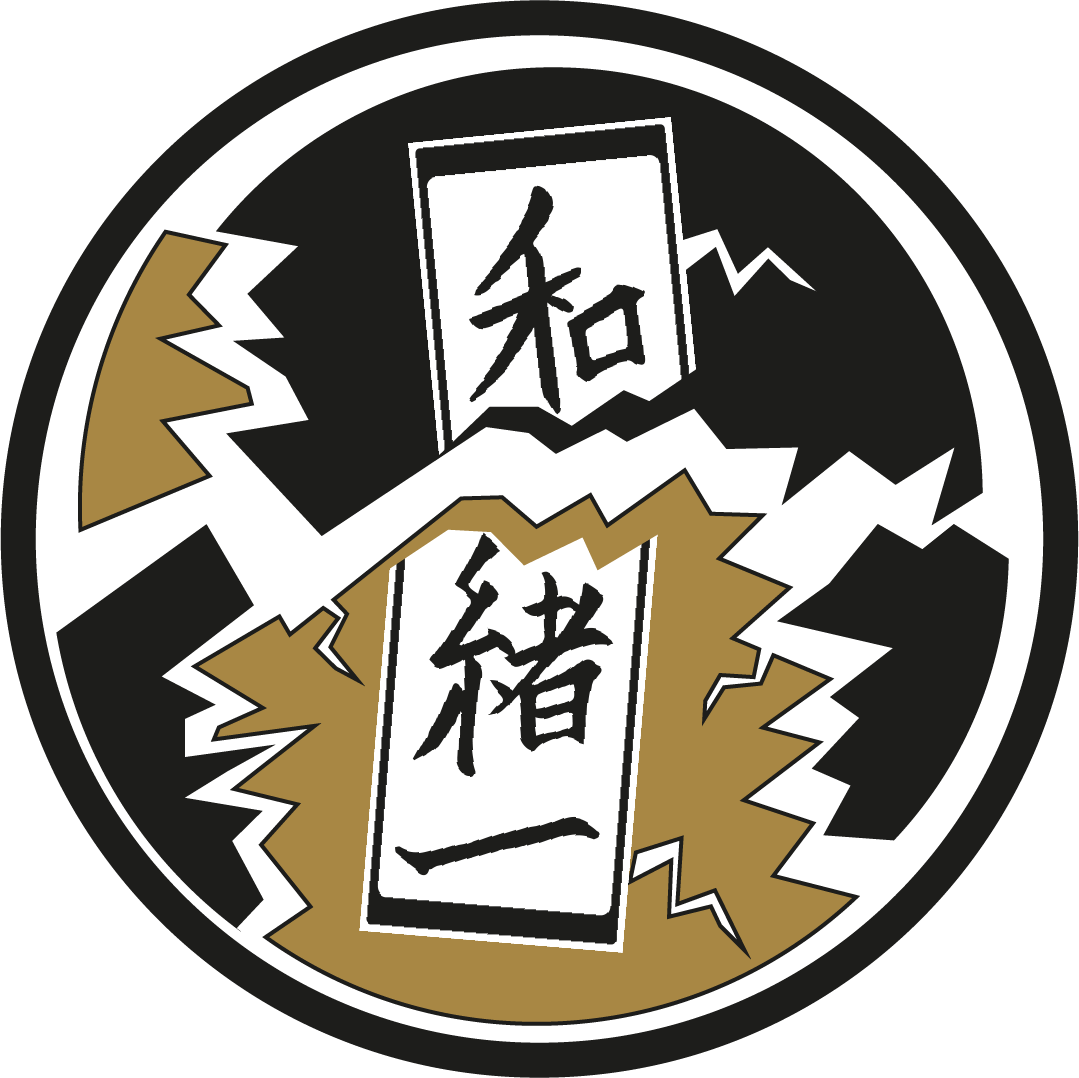The Different Uses of Rice: From Cosmetics to Arts and Crafts
Since rice is an everyday cooking ingredient and it has been a staple for such a long time, especially in Asian civilizations, its other uses are often overlooked. For example, in Japan it is used in pastries such as mochi. However, it has also been appreciated in cosmetics, crafts and arts, both in the past and nowadays. In the following article we are going to develop this topic – you will see that rice has many more uses than just as food!
How Did Rice Come to Japan?
Rice has a long history – it was discovered in Egyptian tombs and many other archaeological sites around the world. In Japan, it is believed to have been introduced by the Chinese around 300 B.C., first in Kyūshū 九州, from which it soon spread throughout the entire archipelago.
This development brought about the landscapes so typical of the rural Japan we know: the flooded rice terraces with intricate irrigation systems, as rice grows well underwater. They can be very aesthetically pleasing; Japan’s Ministry of Agriculture, Forestry and Fisheries even compiled the list of hundred most beautiful rice terraces in the archipelago, which includes, among others, Terraced Rice Fields of Hamanoura (hamanoura no tanada 浜野浦の棚田; tanada means ‘rice terraces’), the Ōura Rice Terraces (ōura no tanada 大浦の棚田) in Saga Prefecture and the Sakamoto Rice Terraces (sakamoto no tanada 坂元の棚田) in Miyazaki Prefecture. All of them are located in Kyūshū.
The Long History of Rice in Fashion
It is not a coincidence that in the cosmetics universe smooth and beautiful skin is called after the Japanese pastry made from rice: ‘mochi skin’ (mochi hada もちはだ) – both are soft and white. And if you want to mask some facial impurities and create the impression of immaculate skin, rice flour can certainly prove helpful.
Geisha © Jie
A long time ago, geisha 芸者 used to exfoliate their faces with crushed red beans (azuki 小豆) or rice powder applied to a bamboo glove or a konjac sponge. Rice water was also used to remove make-up and rinse the hair of geisha, because the starch inside it reduces frizz and provides more elasticity and volume.
Rice powder, rice oil and rice starch are great ingredients for cosmetic brands. Rice bran oil can be used in soaps and rice starch in solid make-up remover oils. Rice oil, rich in oleic acid and phytosterols, protects the skin, calms irritation and is said to have healing properties.
An Indispensable Material in a Japanese House
Rice straw (inewara 稲わら) presents an undeniably ecological alternative to concrete. It is used as insulation and building material. In Iwaki City, for example, rice husks (momigara 籾殻) are used as insulating filler material for floors in temporary emergency housing.
The main material for tatami 畳 is rice straw, which is layered, compressed into a solid rectangular mat and then covered with woven soft rush (igusa 藺草). Rice straw is ideal for absorbing moisture during the heavy monsoon season and keeping the heat in during winter, because it is also a good thermal insulator.
Tatami is the customary floor covering in washitsu 和室 (Japanese-style rooms), temples, ryokan 旅館 (traditional Japanese inns), and dōjō 道場, where martial arts are practiced. In keeping with the cultural continuity of the uchi-soto concept (uchi 内 meaning ‘inside’ and soto 外 ‘outside’), the tatami creates a separate inner place, where shoes are formally banned.
Tatami © Alexander Schimmeck
This craft emerged in the Japanese archipelago around the Nara period 奈良時代 (from 710 to 794 A.C.). The oldest preserved tatami belonged to Emperor Shōmu and it is now displayed: the Treasure House of the Tōdai-ji temple in Nara, the construction of which was initiated by its former owner. Formerly reserved for the nobility during Heian era 平安時代 (from 794 to 967 A.C.), the tatami was at first a luxury bedding, promoting a social status linked to the aristocracy. It was only democratized from the 12th century onward by merchants and samurai, becoming thicker and more comfortable. It thus became a permanent element of the interior space.
Rice starch is also a major component of vegetable glues, which are, for example, used to glue washi 和紙, flexible and resistant Japanese paper made from mulberry fibers. Washi, in turn, is used to make sensu 扇子, foldable Japanese fans (as opposed to uchiwa 団扇, which are round and rigid) or chōchin 提灯, Japanese lanterns.
When Agriculture Creates Historical Frescoes
Yonezawa-Shi Yamagata, Japan
In Japan, giant works of rice are created every year in the town of Inakadate, a locality that is mainly focused on agriculture and rice growing in particular. To revitalize its territory, the town decided in 1993 to create ‘murals’ in the image of their cultural heritage (samurai, Mt Fuji etc.) or referring to Japanese legends. For this purpose, the inhabitants use different rice shoots (with purple, yellow kodaimai and green tsugaru leaves) to colour their pictorial frescoes. This ‘rice field art’ (or Tambo Art) was so successful that the concept spread throughout Japan – in 2021, the city of Gyōda produced works representing ukiyo-e 浮世絵 and kabuki 歌舞伎 to mark the Tokyo 2020 Olympic Games – and was even exported abroad, for example to Camargue, a rice-growing region in southern France.
To conclude, rice is not only a comestible; it has many other uses in Japan. Since the ancient ages it has proven indispensable to the cultural construction of the Japanese archipelago, shaping the landscape and being an ingredient of cosmetics, a construction and handicrafts material, but also art.
Written by Léa van Cuyck




